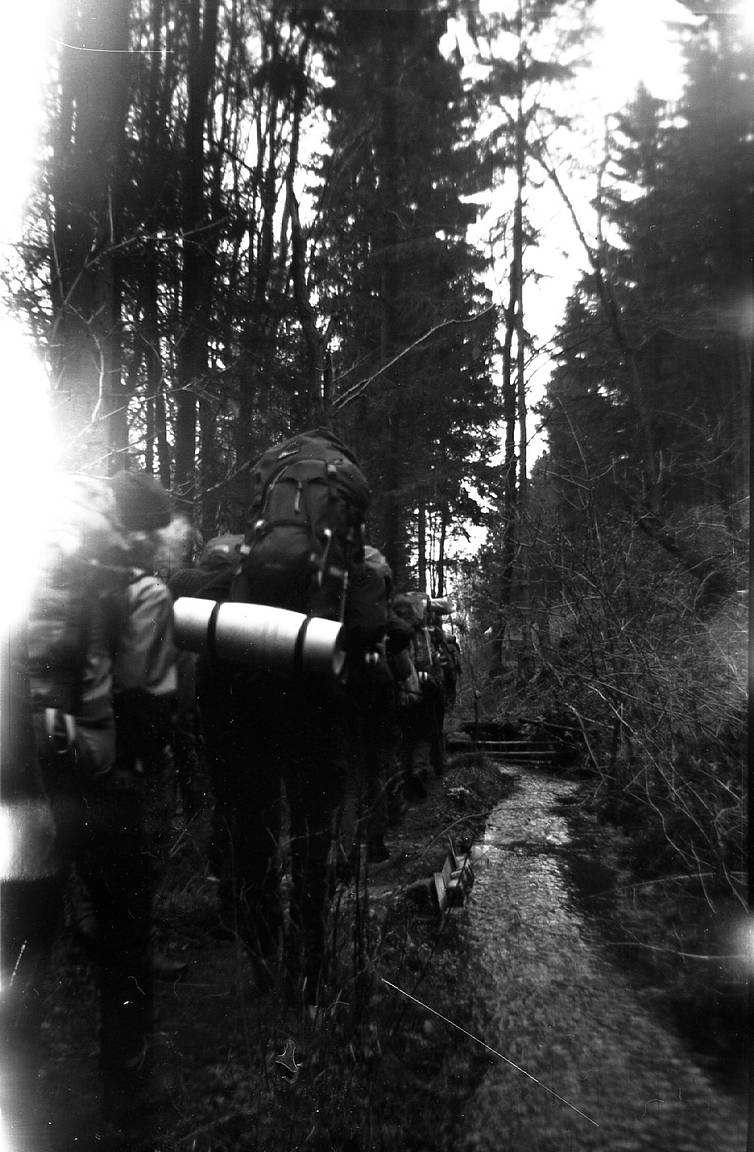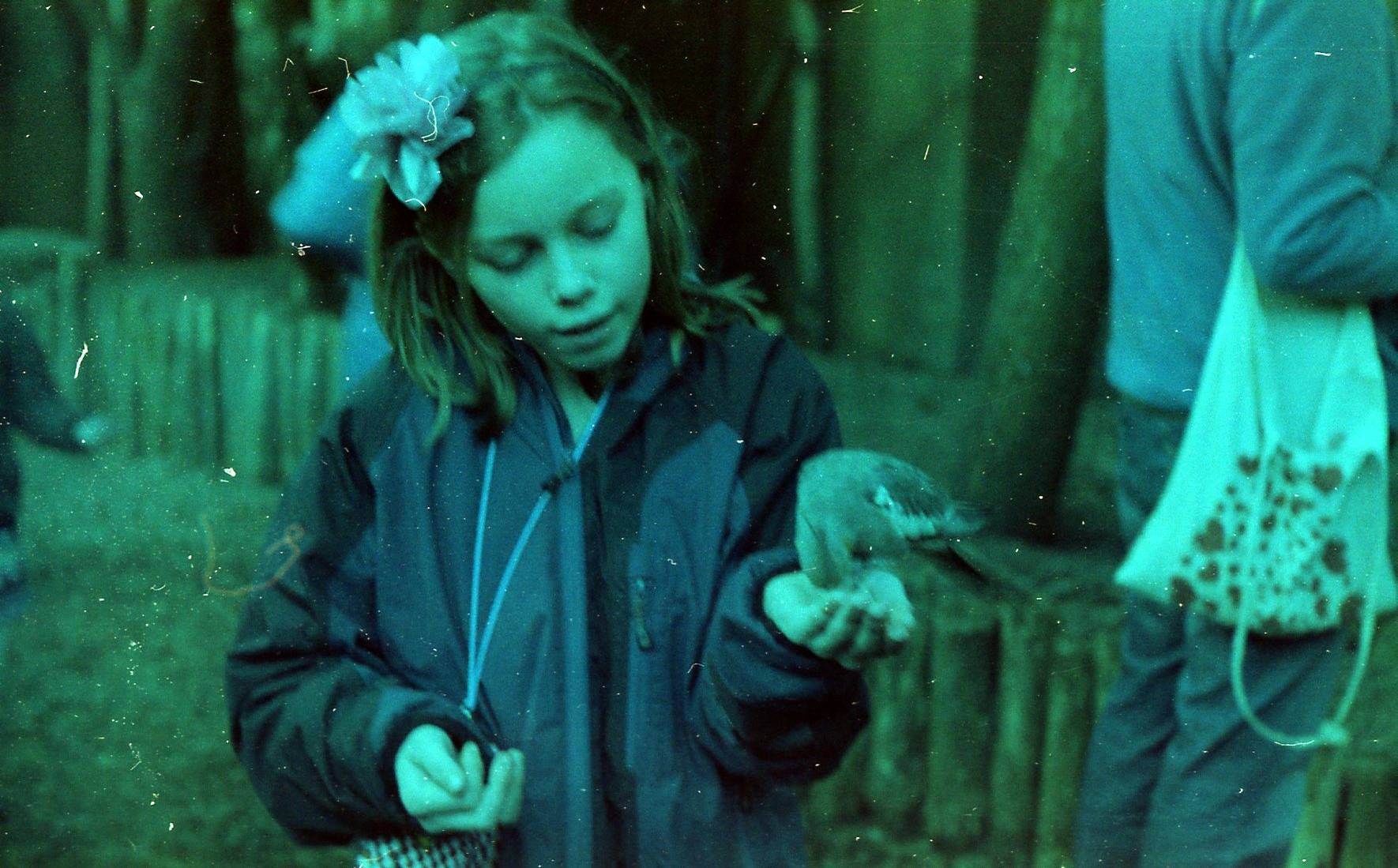Analogue Resolutions: Processing Errors I Will Avoid in 2013
5 12 Share TweetSince I started developing my own color pictures, I have produced many wonderful pictures (well, I think so, anyway…). I have also produced many horrible mistaskes. As they say, to err is human, to learn divine. For your entertainment, and perhaps education, here are my biggest processing mistakes I hopefully will not repeat this year.

I am the lucky owner of a Jobo AT1500, a processing machine. This machine makes processing your films (both color and black and white) very easy, since it takes care of the right temperature, timing, and agitation. All you have to do is mix the chemicals, pour them in the right bottles, choose the appropriate program, and push GO. Still, there are many things that can go wrong, as I have learned the hard way…
Negatives stuck together
You can fit two 120 rolls on one developing spool. But if you fumble a bit, they can overlap somehow and stick together. At those points, the chemicals won’t cover the negative and you’ll get undeveloped spots on your picture.
Solution:
Take my time spooling film.
Forgot the fixer
I realized this when I noticed the bottle of fixer in my processing machine was still open and full. Apparently the machine does not use chemicals from an open bottle.
Solution:
Luckily, you can fix your pictures later on. So I ran the machine again, with just the fixer, and everything was fine.
Chemicals are too cold
All my pictures came out dark and green. Crowdsourcing the problem to the lomo community made me realize I had stored my chemical too cold.
Solution:
I now store my chemicals at room temperature.
Processed at 24 °C instead of 38 °C
I realized this when I noticed that my processing machine was done very quickly, it usually takes longer to reach the right temperature. I had accidentally pushed a button, changing the temperature from 38 °C (the right temperature for color development) to 24 °C (for B&W). Interesting to see how different film reacts to this: the color negative film took it pretty good. The colors are a bit off, but nothing too dramatic. The Rollei Crossbird I developed in the same run didn’t take it very well at all. Those pictures look like extreme redscale.
Solution:
Pay better attention to which buttons I push!
Reused my chemicals too often
Normally, you can use your chemicals two or three times before they stop working. You do have to pay attention how often you can do this, it depends on the ISO value of your film, number of films developed, how you store your chemicals. Plenty of ways to get it wrong… With this roll, at first I thought my pictures were completely undeveloped, but when I scanned the negatives, they turned out to be just very, very thin. So at least I have a little bit to show for my trouble.
It’s not always this dramatic though. Sometimes, I just get murky colors.
Solution:
Be less cheap and only use my chemicals twice.
Probably contaminated chemicals
A few rolls came out totally black. This was the second time I used these chemicals, so they should still be good. They were stored at room temperature, so it couldn’t have been due to cold storage either. I can only guess that my chemicals somehow got polluted. If you acidentally get fixer into your developer, the developer is ruined.
Solution:
Take better care cleaning my machine between developing rounds. All chemicals come out of the same tube, so it’s important to clean that tube well, or I’ll get fixer in my developer.
Not enough chemicals
I only realized this afterwards: instead of using the appropriate 250 ml in my medium developing tank, I had only used 170 ml, enough for the small developing tank. Luckily, 170 ml did the trick as well, although I’ve seen better contrast in B&W film.
Solution:
Again: Pay better attention!
Overall conclusion: The devil is in the details. This year, I will do my best not to rush things, and not to get sloppy, but pay close attention to what I’m doing. 2013 is going to be great!
written by stratski on 2013-01-21 #lifestyle #developing #mistake #new-year #darkroom #resolutions #processing #fail #error #2013












































5 Comments